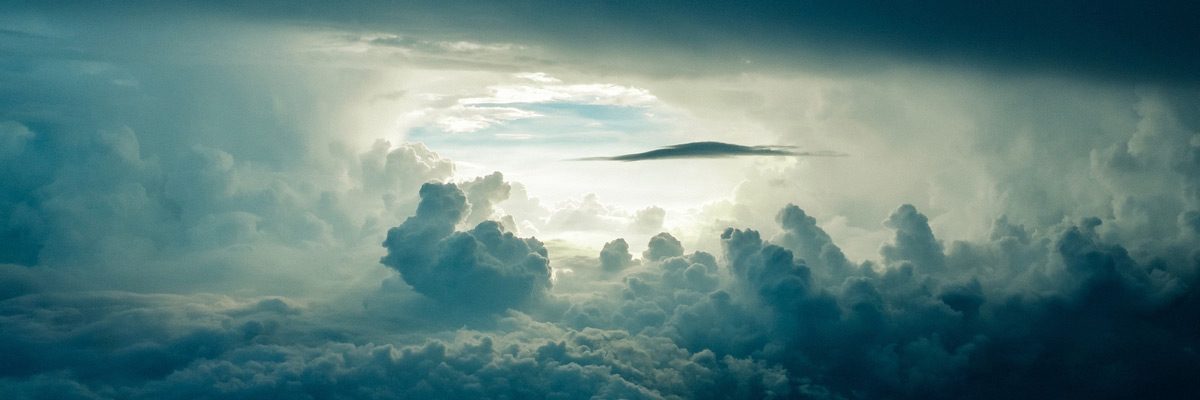I hesitate to circulate this article. It is written by long time human rights and antinuclear activist Harvey Wasserman. Its discussion of the Japanese situation seems a little over the top. The rumor that one or more of the reactor cores has totally escaped its reactor vessel and is melting through the containment pad has been circulating for at least a month. There is no way to observe this unless TEPCO has a little robot that we do not know about. Because I doubt that a human could get close enough. In addition there is no way to confirm that it is happening independently. Am I being cautious? Can you say, “wadzilla”?
Oh and according to the Peak Oil people where I found this article, they would say that Harvey is predicting Peak Uranium. Henry’s citation also implies that it was cowritten for Solartopia so I have included their website here as well.
It also would have been nice if he would have cited Gil Scott Heron for the “Almost Lost Detroit” reference since Gil recently passed on.
Fukushima spews, Los Alamos burns, Vermont rages and we’ve almost lost Nebraska
Humankind is now threatened by the simultaneous implosion, explosion, incineration, courtroom contempt and drowning of its most lethal industry. The nuclear one.
We know only two things for certain: worse nuclear disasters are yet to come, and those in charge are lying about it—at least to the extent of sharing what they actually know, which is nowhere near enough. Indeed, assurances from the nuclear power industry continue to flow like the flood waters now swamping the Missouri Valley heartland.
But major breakthroughs against nuclear power have come from a Pennsylvania Senator and New York’s governor on issues of evacuation and shut-down in the event of nuclear disaster. And a public campaign for an end to loan guarantees to nuclear energy companies could put an end to the US nuclear industry once and for all.
On Fukushima
The bad news on nuclear disaster continues to bleed from Japan with no end in sight. Sadly the “light at the end of the tunnel” is an out-of-control radioactive freight train, headed to the core of an endangered planet. Widespread internal radioactive contamination among Japanese citizens around Fukushima Nuclear Power Plant has now been confirmed. Two whales caught some 650 kilometers from the melting reactors have shown intense radiation. And plutonium, the deadliest substance known to people, has been found dangerously far from the site.
Tokyo Electric and the Japanese government have admitted to three total meltdowns at the nuclear plant but can’t confirm with any reliability the current state of those cores. There’s reason to believe one or more have progressed to “melt-throughs” in which they burn through the thick stainless steel pressure vessel and onto the containment floor. The molten cores may be covered with water. But whether they can melt further through the containments and into the ground remains unclear.
Possibilities may include a China Syndrome style escalating nuclear disaster in which one or more still-molten cores does melt through the containment and hits ground water. That could lead to a steam explosion that could blow still larger clouds of radioactive steam, water and debris into the atmosphere and ocean.
At least three nuclear explosions have already occurred, one of which may have involved criticality.
There’s no doubt at least two containments were breached very early in the crisis. Unit Four is cracked and sinking. The status of its used radioactive fuel pool, which has clearly caught fire, is uncertain.
Fukushima plus
Also unclear is the ability of the owners to sustain the stability of Units Five and Six, which were shut when the quake and tsunami hit. That stability depends on continued power to run fuel rod cooling systems, which could disappear amidst seismic aftershocks many believe are inevitable. A very substantial quake hit after the tremors that led to Indonesia’s devastating tsunami, and few doubt it could happen again—soon—at Fukushima.
All the above is dependent on reports controlled primarily by Tokyo Electric and the Japanese government. There’s every reason to believe the situation is worse than it seems, and that those in charge don’t really know the full of the extent of the damage or how to cope with it.
Just five years ago a quake shut seven nuclear reactors at Kashiwazaki. The entire nation of Japan sits on a wide range of fault lines. Tsunami is a Japanese word. But nuclear disaster doesn’t belong to them alone.
Radiation from Fukushima has long since been detected throughout the northern hemisphere, with health effects that will be debated forever.
Some fifty reactors still operate in Japan. According to some, the Japanese public has the legal right to shut them all. Let us pray they do. Yesterday.
:}
I would have ended it with just “let us pray”. More tomorrow.
:}

